Home>Furniture & Design>Interior Design Trends>How To Make Old Glass Look New
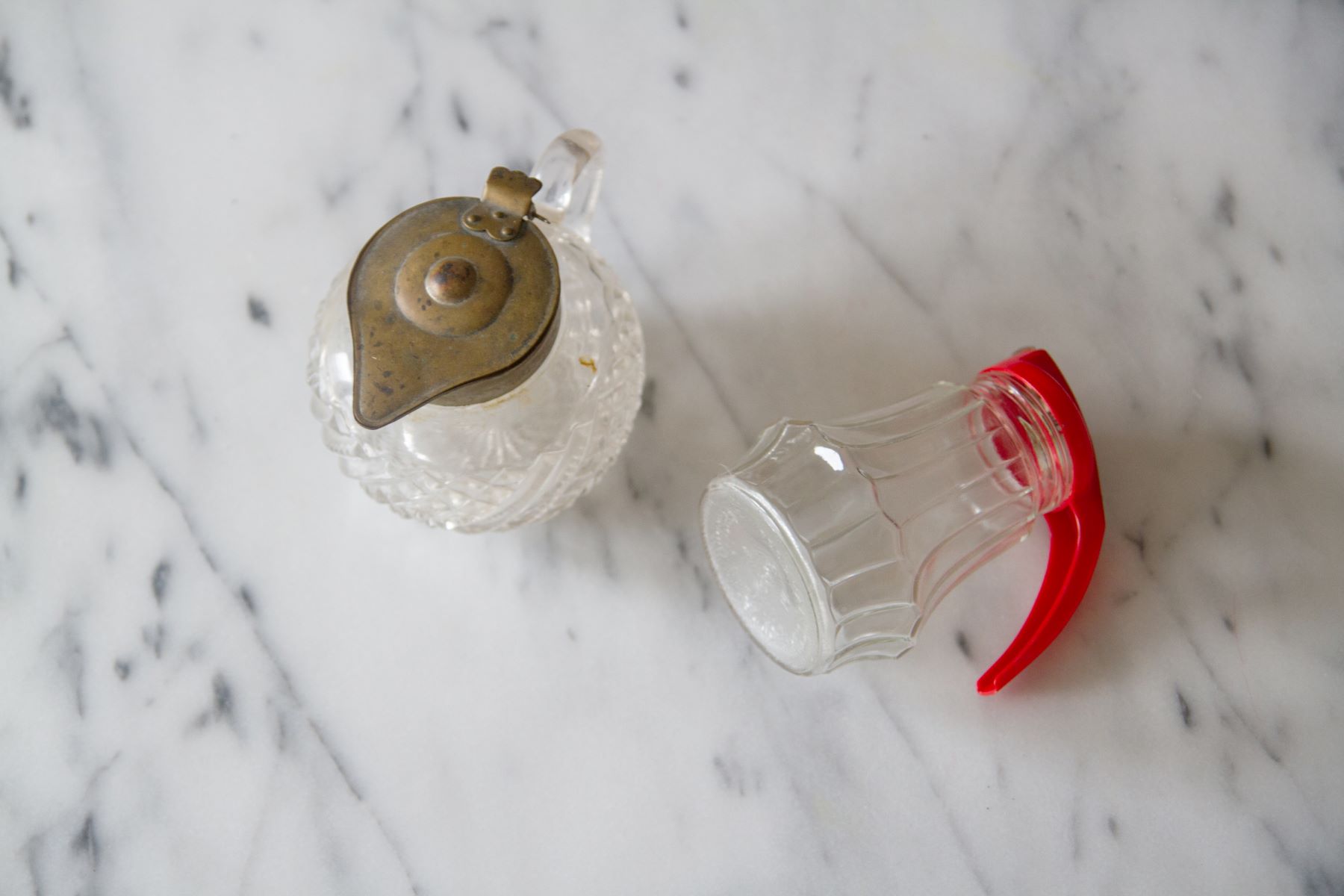

Interior Design Trends
How To Make Old Glass Look New
Modified: February 18, 2024
Revitalize your space with these interior design trends. Learn how to make old glass look new with our expert tips and tricks. Elevate your home decor today!
(Many of the links in this article redirect to a specific reviewed product. Your purchase of these products through affiliate links helps to generate commission for Storables.com, at no extra cost. Learn more)
Introduction
Old glass, with its timeless allure and historical significance, adds a touch of elegance and nostalgia to any space. Whether it's a cherished family heirloom, a vintage window pane, or a classic glassware collection, preserving the beauty of old glass is a rewarding endeavor. However, the passage of time often leaves its mark, manifesting as scratches, stains, and a lackluster appearance. Fortunately, with the right techniques and a gentle touch, it's possible to breathe new life into old glass and restore its former luster.
In this comprehensive guide, we will delve into the art of rejuvenating old glass, exploring the intricate process of assessing its condition, cleaning away years of grime, and addressing imperfections such as scratches and stains. We will also uncover the secrets of polishing old glass to achieve a radiant, crystal-clear finish. Whether you're a vintage glass enthusiast, a homeowner seeking to revitalize antique windows, or a curator looking to preserve historical glass artifacts, this guide will equip you with the knowledge and techniques to bring old glass back to its original splendor.
Join us on a journey through the fascinating world of old glass restoration, where we will unravel the mysteries of time-honored glass pieces and discover the transformative power of preservation. Let's embark on this enchanting endeavor to make old glass look new, breathing fresh vitality into cherished relics of the past.
Key Takeaways:
- Unveil the Timeless Beauty of Old Glass
Discover the art of restoring old glass to its former glory by assessing its condition, gently cleaning away grime, and delicately removing imperfections to reveal its captivating radiance. - Preserve and Protect Old Glass for Generations
Through meticulous restoration and polishing, old glass can be safeguarded and maintained, ensuring that its enduring beauty and historical significance continue to captivate admirers for years to come.
Read more: How To Make Old Dewalt Hand Tools Look New
Assessing the Condition of Old Glass
Before embarking on the restoration journey, it is crucial to thoroughly assess the condition of old glass. This initial step sets the stage for the restoration process, allowing for a comprehensive understanding of the glass's unique characteristics and the extent of wear and tear it has endured over time.
Visual Examination
Begin by conducting a visual examination of the old glass. Look for signs of scratches, chips, cracks, and discoloration. Pay close attention to any areas where the glass may have lost its transparency or developed a cloudy appearance. These visual cues provide valuable insights into the overall condition of the glass and help identify specific areas that require attention during the restoration process.
Structural Integrity
Assess the structural integrity of the glass, particularly if it is part of a larger object, such as a window or a decorative panel. Check for any loose or deteriorating frames, as well as signs of warping or distortion in the glass itself. Understanding the structural stability of the glass is essential for determining the level of restoration required to ensure its long-term preservation.
Historical Significance
Consider the historical significance of the old glass. If the glass is a part of a historical artifact, antique window, or a piece of art, research its provenance and significance. Understanding the historical context and value of the glass will guide the restoration approach, ensuring that the process honors the integrity and authenticity of the piece.
Read more: How To Make A Glass Top Stove Look New
Documentation
Document the current condition of the old glass through photographs and detailed notes. Capture close-up images of any imperfections or unique features, and make note of any specific areas of concern. This documentation serves as a valuable reference throughout the restoration process, allowing for a before-and-after comparison and providing a record of the glass's journey towards rejuvenation.
By meticulously assessing the condition of old glass, one gains a deeper appreciation for its unique characteristics and historical significance. This comprehensive evaluation sets the stage for a tailored restoration approach, ensuring that the beauty and authenticity of the glass are preserved for generations to come.
Cleaning Old Glass
Cleaning old glass is a delicate yet transformative process that rejuvenates its appearance and reveals its inherent beauty. Over time, old glass accumulates layers of grime, dust, and environmental residue, obscuring its clarity and diminishing its visual appeal. By employing gentle yet effective cleaning techniques, it is possible to lift away years of accumulated debris and unveil the glass's original radiance.
Gentle Cleansing Solutions
When cleaning old glass, it is essential to use mild, non-abrasive cleansing solutions to avoid damaging the surface. A solution of warm water and mild dish soap serves as an effective starting point for removing surface dirt and grime. Apply the solution using a soft, lint-free cloth, gently wiping the glass in circular motions to lift away the accumulated residue. For stubborn spots, a diluted solution of white vinegar and water can be used to dissolve mineral deposits and stubborn stains without harming the glass.
Careful Handling
Handle old glass with utmost care during the cleaning process to prevent accidental damage. Support larger pieces with both hands, ensuring a secure grip to minimize the risk of slippage or breakage. When cleaning intricate or fragile glassware, such as antique stemware or decorative figurines, exercise caution to avoid applying excessive pressure that could lead to chipping or breakage.
Removing Stubborn Stains
For old glass marred by stubborn stains or mineral deposits, a paste made from baking soda and water can work wonders. Gently apply the paste to the affected areas, allowing it to sit for a few minutes before carefully scrubbing with a soft-bristled brush. This method effectively lifts away tough stains without compromising the integrity of the glass, revealing a renewed clarity beneath the blemishes.
Drying and Polishing
After cleansing the old glass, it is crucial to thoroughly dry and polish it to achieve a pristine finish. Use a clean, dry microfiber cloth to gently remove any remaining moisture, taking care to eliminate streaks or water spots. Once dry, a specialized glass polishing cloth can be used to buff the surface to a brilliant shine, enhancing the glass's transparency and luster.
By meticulously cleaning old glass with precision and care, one can unveil its timeless allure and restore its captivating brilliance. This meticulous process not only rejuvenates the glass's appearance but also honors its historical significance, allowing its inherent beauty to shine through once more.
Removing Scratches and Stains
Old glass often bears the marks of time in the form of scratches and stubborn stains, which can detract from its visual appeal and overall charm. Addressing these imperfections requires a delicate yet effective approach to restore the glass to its former glory.
Assessing the Damage
Before embarking on the process of removing scratches and stains from old glass, it is essential to assess the extent of the damage. Scratches may range from superficial surface marks to deeper abrasions, while stains can result from mineral deposits, water spots, or prolonged exposure to environmental elements. By carefully examining the affected areas, one can determine the most suitable methods for restoration.
Read more: How To Make Brick Look New
Gentle Abrasive Techniques
For superficial scratches that have not compromised the structural integrity of the glass, gentle abrasive techniques can be employed to diminish their visibility. A cerium oxide-based glass polishing compound, applied with a soft cloth in circular motions, can effectively buff away minor scratches, gradually restoring the glass's smooth surface. This method requires patience and precision, as the goal is to gradually diminish the scratches without causing further damage.
Chemical Stain Removal
Stubborn stains, such as those caused by mineral deposits or water residue, may require targeted chemical removal methods. A diluted solution of white vinegar or lemon juice can be applied to the stained areas, allowing the acidic properties to dissolve the deposits. Care must be taken to avoid prolonged exposure to acidic solutions, as this can potentially damage the glass. After application, thorough rinsing and drying are essential to ensure the complete removal of the stains.
Professional Restoration Services
In cases where the scratches and stains are extensive or particularly challenging, seeking the expertise of professional glass restoration services may be advisable. These specialists possess the knowledge, tools, and techniques to address complex imperfections while preserving the integrity of the glass. Professional restoration can involve advanced polishing methods, precision buffing, and specialized treatments to achieve remarkable results.
Preservation and Protection
Once the scratches and stains have been successfully addressed, it is crucial to implement measures to preserve the glass's renewed clarity and beauty. Applying a protective coating, such as a high-quality glass sealant, can safeguard the surface from future damage and maintain its pristine appearance over time. Additionally, storing the glass in a controlled environment, away from direct sunlight and harsh elements, can prolong its restored condition for years to come.
By carefully navigating the process of removing scratches and stains from old glass, one can breathe new life into cherished pieces, allowing their inherent elegance to shine through once more. This meticulous restoration not only enhances the visual appeal of the glass but also honors its historical significance, preserving its timeless allure for generations to come.
Read more: How To Make Bathtub Look New
Polishing Old Glass
Polishing old glass is the crowning stage of the restoration process, where meticulous care and precision converge to unveil the glass's inherent brilliance. This transformative step elevates the glass from a state of dullness to a radiant clarity, allowing its timeless allure to shine through once more.
Surface Preparation
Before commencing the polishing process, ensure that the glass surface is thoroughly clean and free from any residual debris or contaminants. Any remaining particles or smudges can interfere with the polishing action, affecting the final clarity and luster of the glass. A pristine surface sets the stage for a seamless polishing experience, allowing the glass to achieve its full potential.
Choice of Polishing Compound
Selecting the appropriate polishing compound is crucial for achieving optimal results. A high-quality cerium oxide-based glass polish is often the go-to choice for restoring old glass to its former glory. This specialized compound possesses fine abrasive properties that effectively buff away minor imperfections and surface irregularities, gradually refining the glass's appearance.
Application Technique
Apply a small amount of the chosen polishing compound onto a soft, lint-free cloth, ensuring even distribution across the surface. With gentle yet firm pressure, begin buffing the glass in circular motions, working methodically to cover the entire area. The consistent application of the polishing compound gradually diminishes minor blemishes and imperfections, unveiling a smoother and more reflective surface.
Read more: How To Make Glass Look Cracked
Precision Polishing
As the polishing process unfolds, exercise patience and precision to achieve the desired results. Focus on areas with visible imperfections, such as fine scratches or hazy patches, dedicating extra attention to ensure a uniform finish. The gradual refinement of the glass's surface through precise polishing motions brings forth a renewed clarity, enhancing its visual appeal and captivating radiance.
Final Buffing and Inspection
Once the polishing compound has been diligently applied and worked into the glass surface, proceed to buff the glass with a clean, dry microfiber cloth. This final buffing action removes any residual polishing compound and further enhances the glass's luster, unveiling a pristine, crystal-clear finish. After buffing, inspect the glass under different lighting conditions to ensure that the desired level of clarity and brilliance has been achieved.
Protective Measures
To safeguard the polished glass and maintain its renewed splendor, consider applying a specialized glass sealant or protective coating. This additional layer of protection shields the glass from environmental elements and minimizes the risk of future damage, preserving its radiant appearance for years to come.
By meticulously navigating the process of polishing old glass, one can witness the remarkable transformation of a once lackluster surface into a captivating showcase of timeless elegance. This final stage of restoration not only enhances the glass's visual allure but also pays homage to its historical significance, ensuring that its enduring beauty continues to captivate admirers for generations to come.
Conclusion
In the realm of old glass restoration, the journey from dullness to radiance is a testament to the transformative power of preservation. As we conclude this comprehensive guide, we reflect on the intricate process of rejuvenating old glass, breathing new life into cherished relics of the past.
The art of restoring old glass is a delicate dance between preservation and transformation, where each step holds the promise of unveiling timeless allure and historical significance. From the initial assessment of the glass's condition to the meticulous cleaning, removal of imperfections, and the crowning stage of polishing, every phase of the restoration journey is imbued with reverence for the glass's unique character and enduring legacy.
Through the process of assessing the condition of old glass, we gain a profound appreciation for its individuality and historical significance. The visual examination, structural assessment, and documentation serve as a testament to the glass's journey through time, guiding the restoration approach with a deep understanding of its intrinsic value.
The gentle art of cleaning old glass unveils its hidden radiance, lifting away layers of accumulated grime to reveal a pristine surface. The use of mild cleansing solutions, careful handling, and the removal of stubborn stains breathe new vitality into the glass, honoring its timeless beauty and preserving its visual allure for generations to come.
Addressing scratches and stains on old glass requires a delicate touch and a keen eye for detail. The assessment of damage, gentle abrasive techniques, and targeted stain removal methods converge to diminish imperfections and restore the glass to its former splendor, ensuring that its captivating brilliance remains undimmed by the passage of time.
The crowning stage of polishing old glass is a testament to the transformative power of precision and care. Through meticulous surface preparation, the choice of the right polishing compound, and the application of precise polishing techniques, the glass emerges with a renewed clarity and radiance, captivating admirers with its timeless elegance.
As we bid farewell to this enchanting journey of old glass restoration, we carry with us the profound understanding that the preservation of historical artifacts is a celebration of their enduring legacy. The meticulous restoration of old glass not only honors its intrinsic beauty but also ensures that its timeless allure continues to captivate and inspire for generations to come.
In the tapestry of time, old glass stands as a testament to the artistry and craftsmanship of eras gone by, and through the art of restoration, we ensure that its luminous legacy shines on, undimmed by the passage of time.
Frequently Asked Questions about How To Make Old Glass Look New
Was this page helpful?
At Storables.com, we guarantee accurate and reliable information. Our content, validated by Expert Board Contributors, is crafted following stringent Editorial Policies. We're committed to providing you with well-researched, expert-backed insights for all your informational needs.
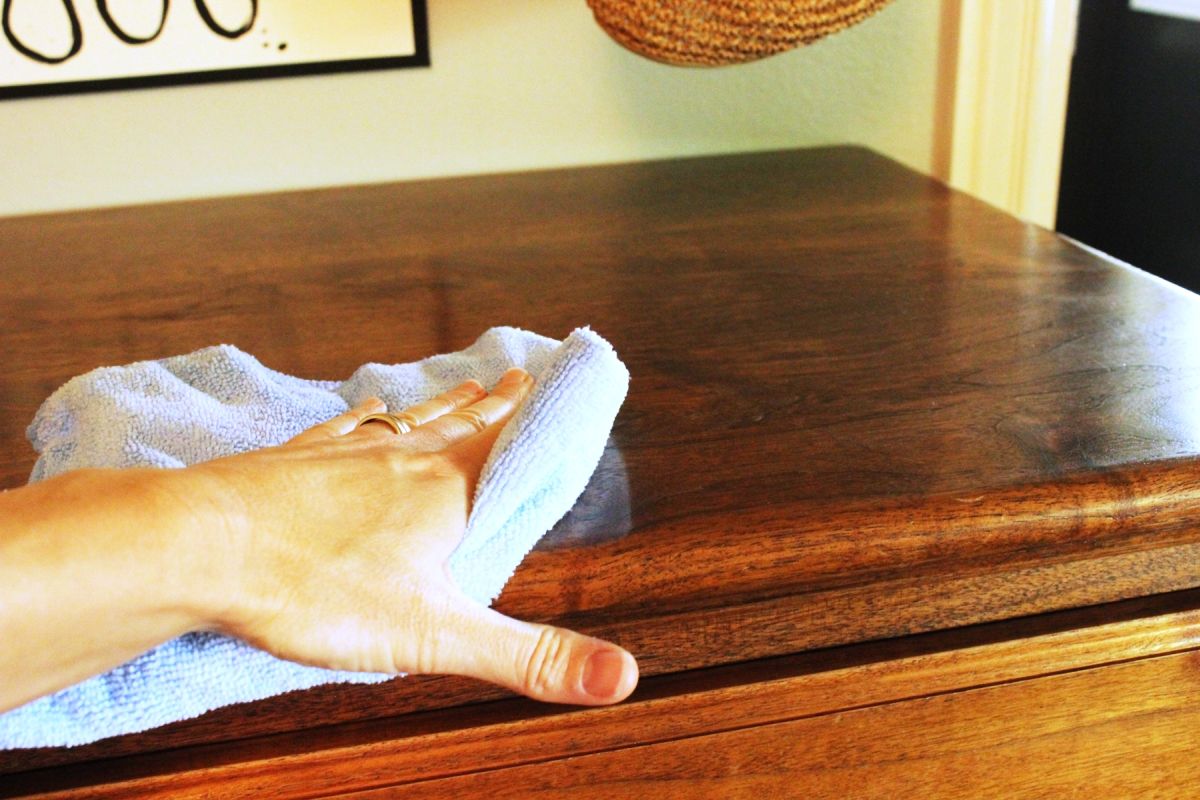


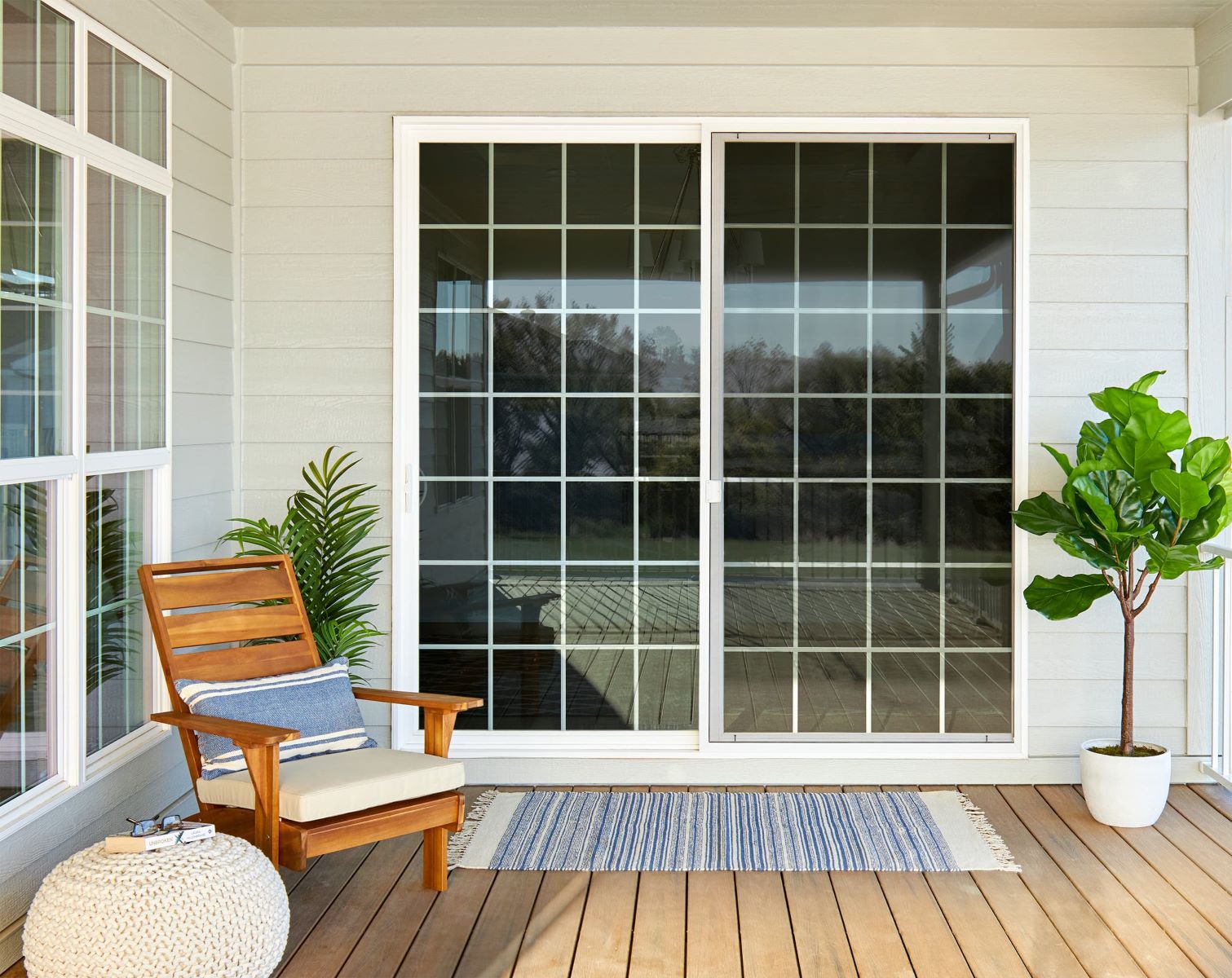
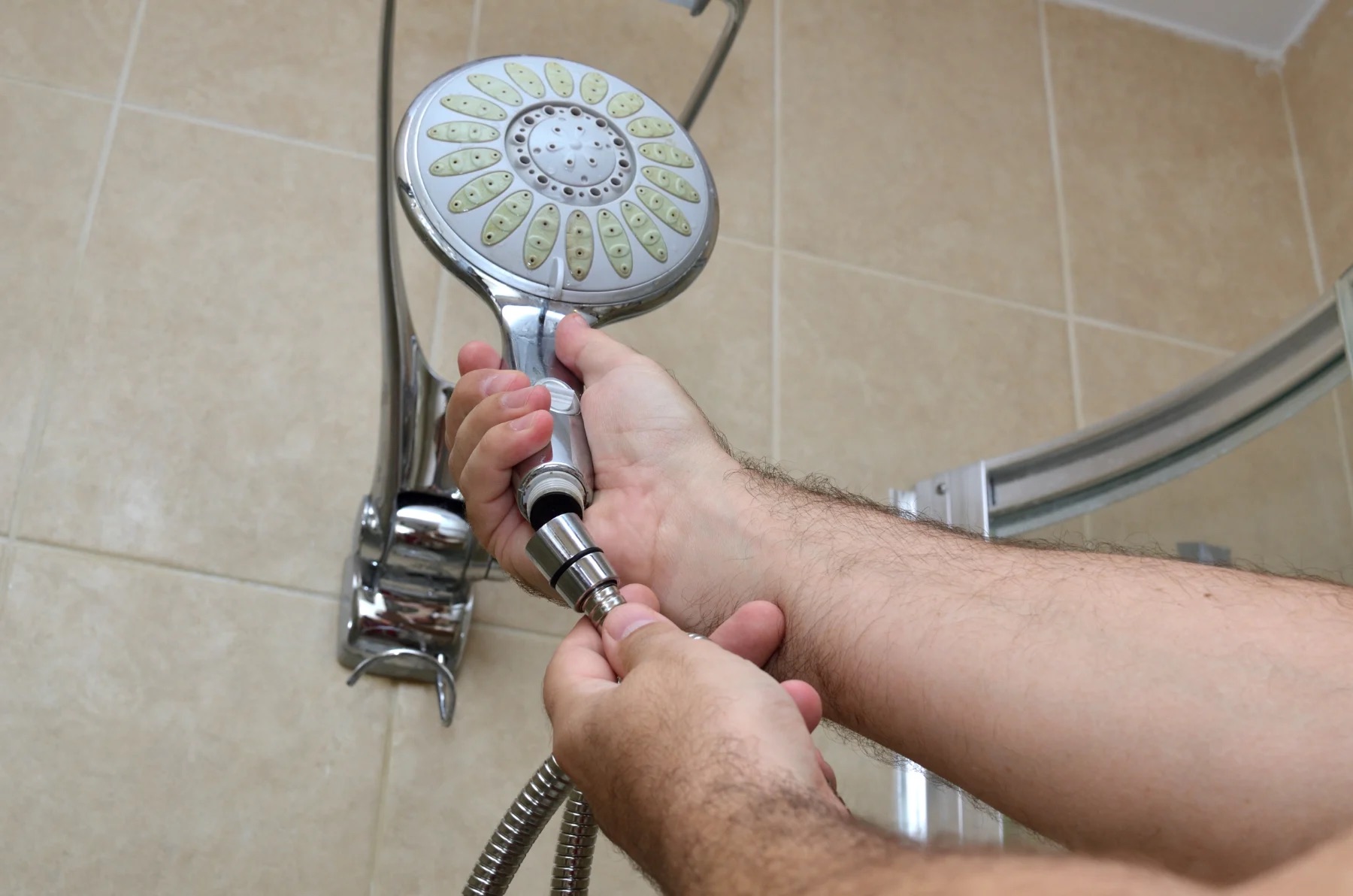
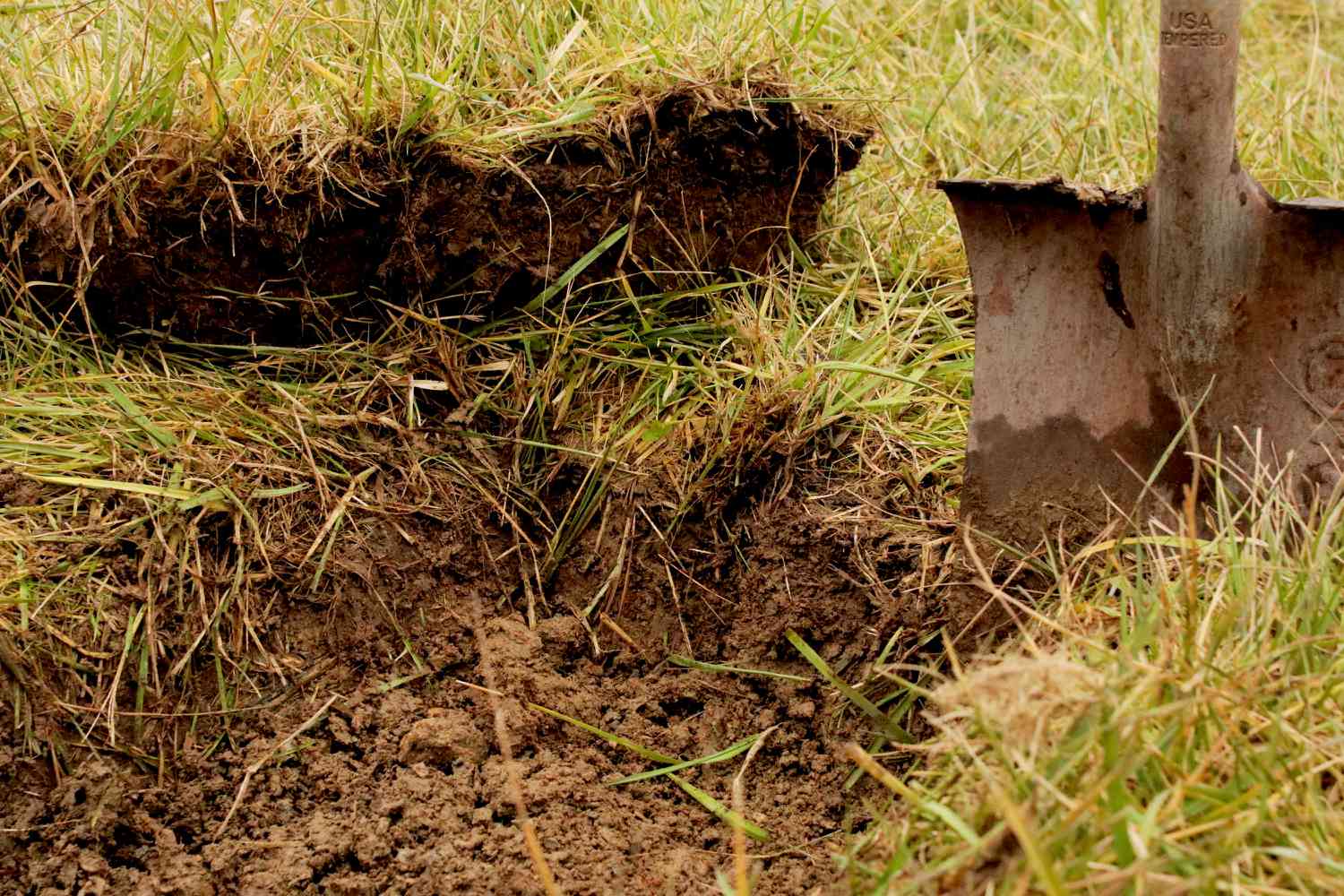


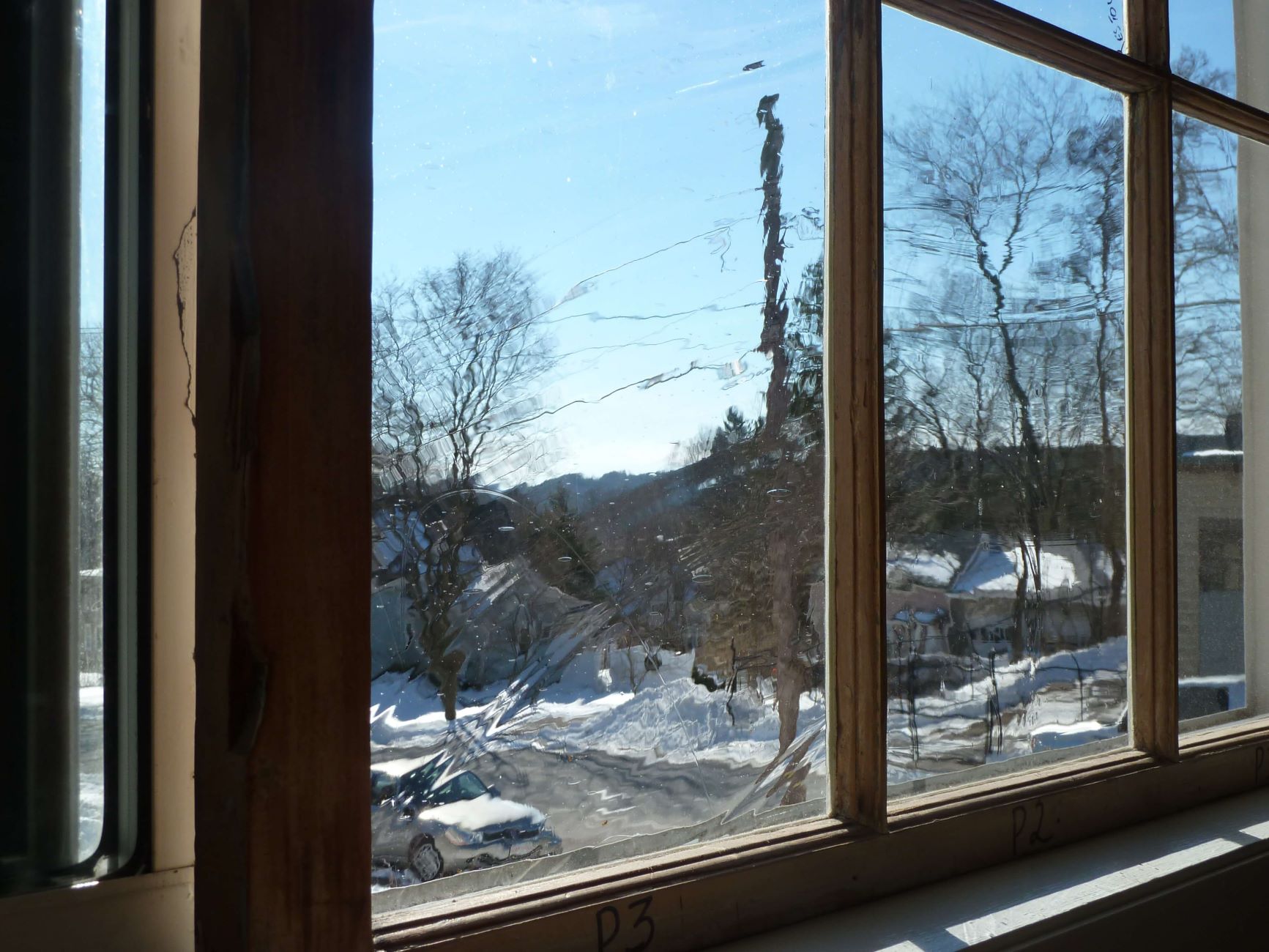
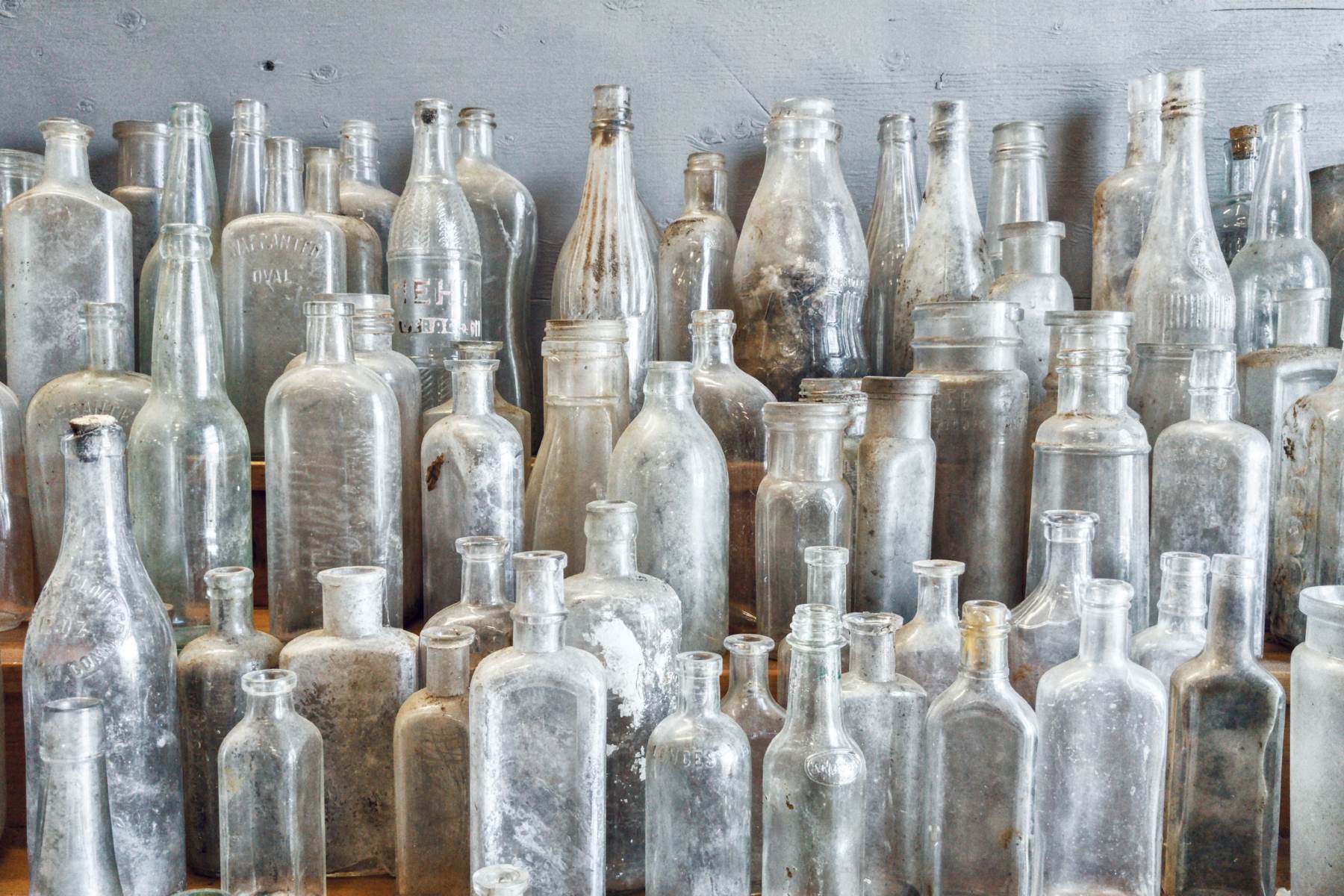

0 thoughts on “How To Make Old Glass Look New”